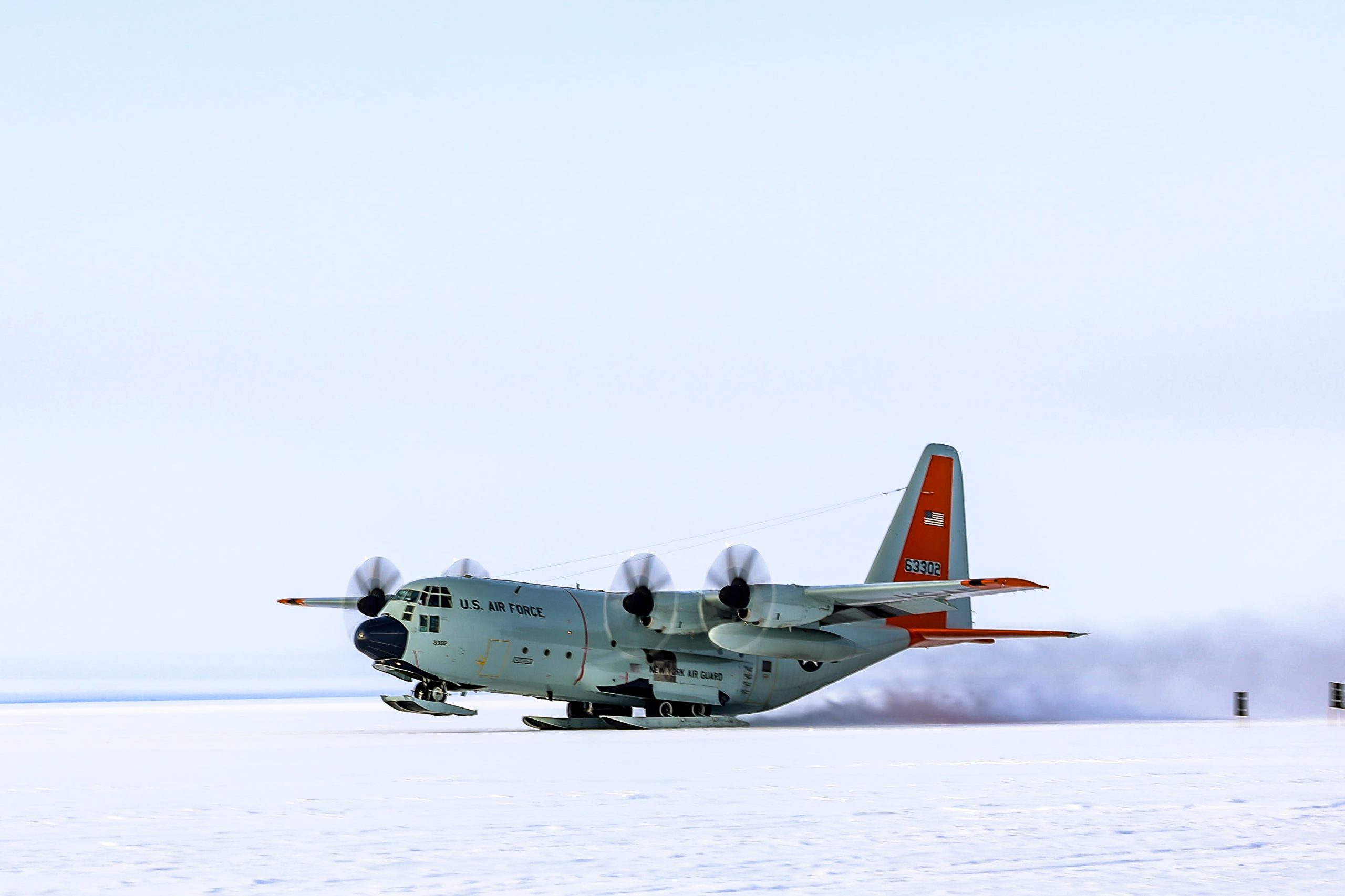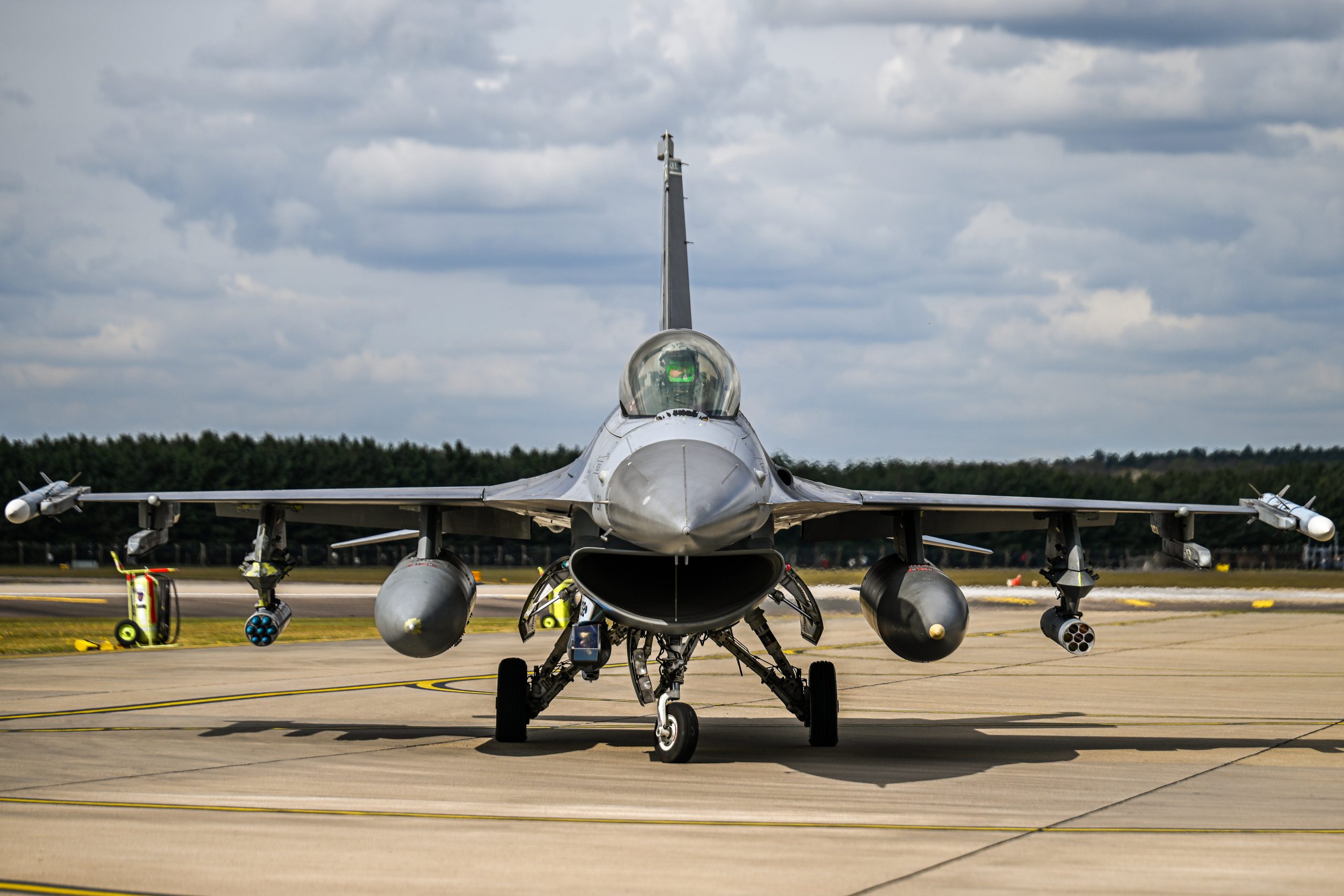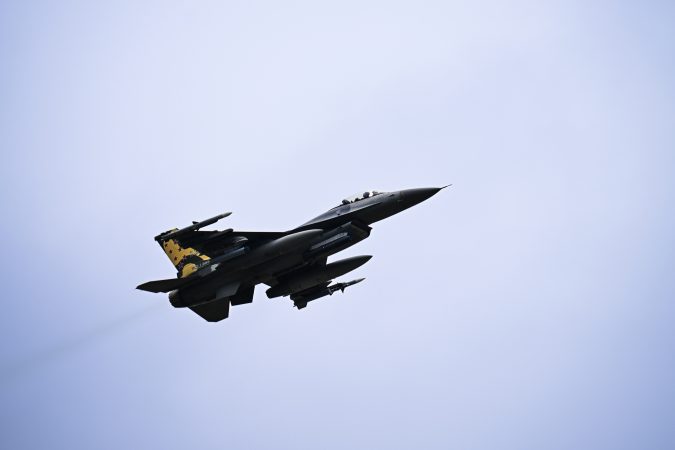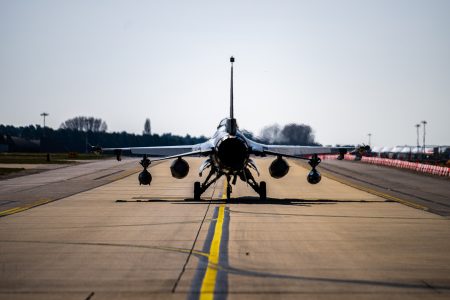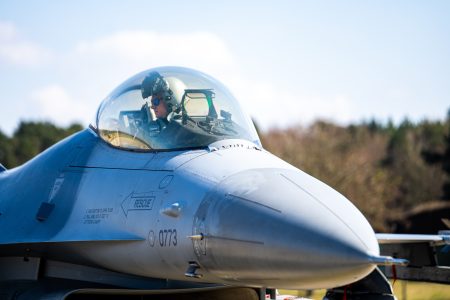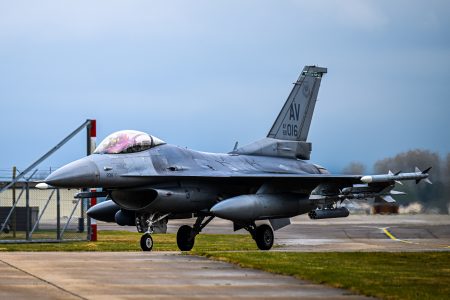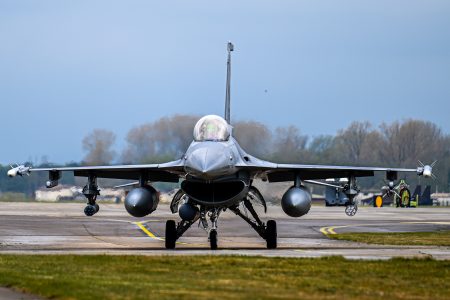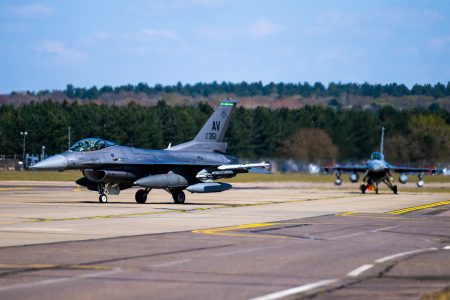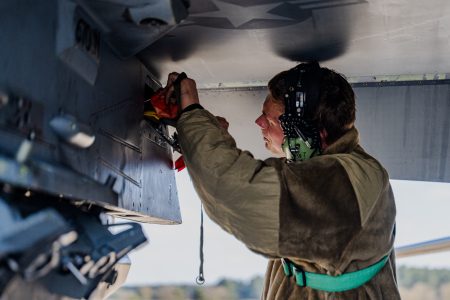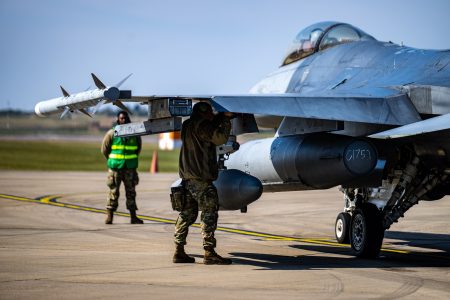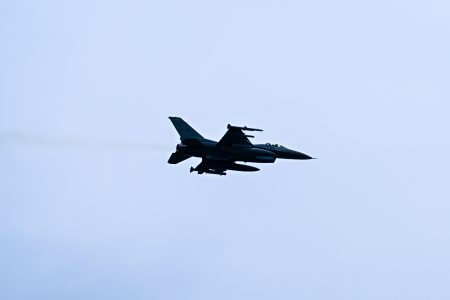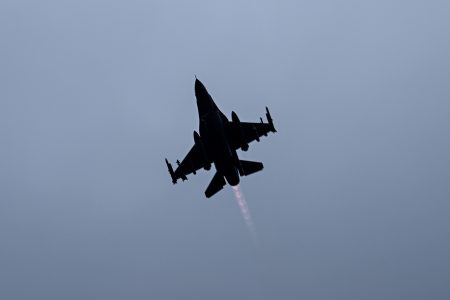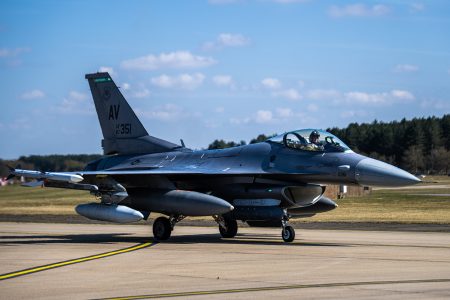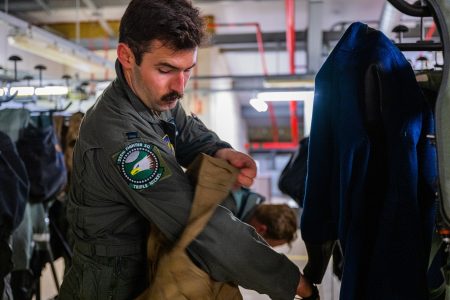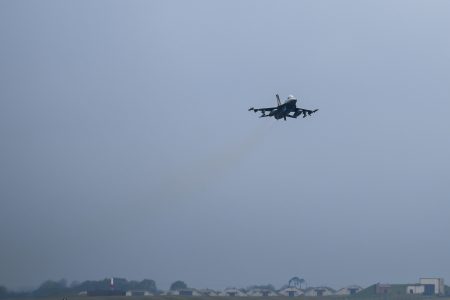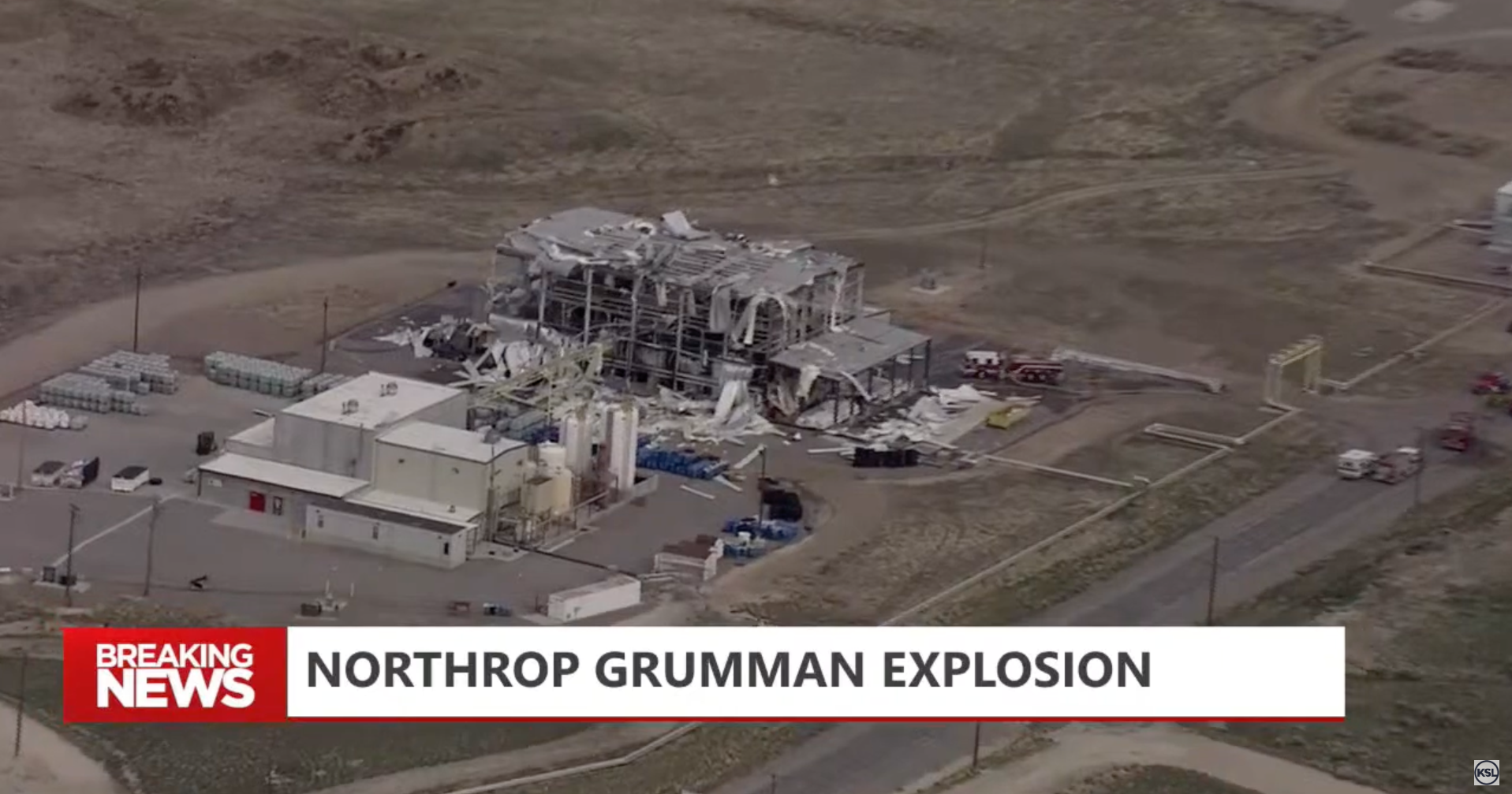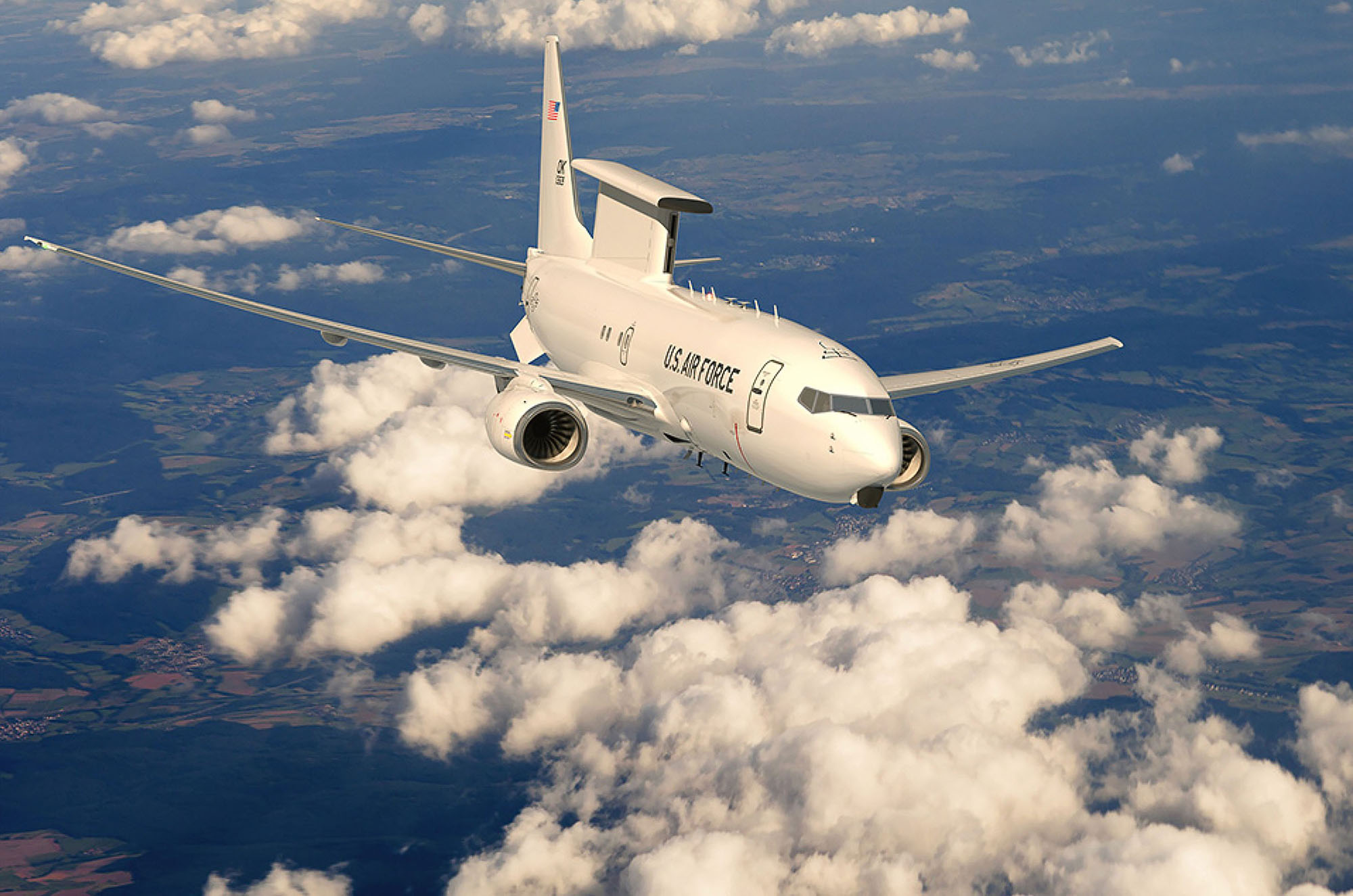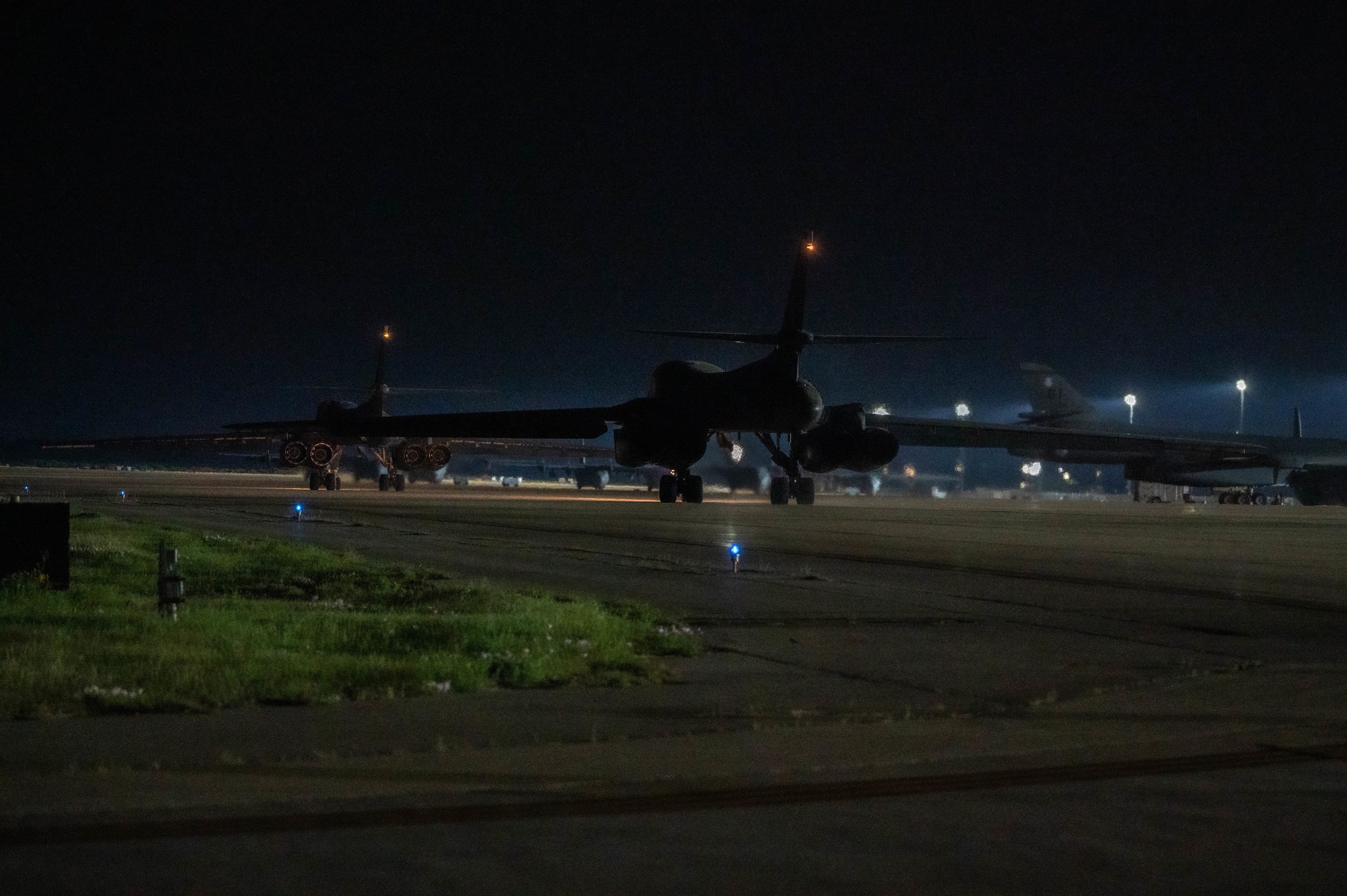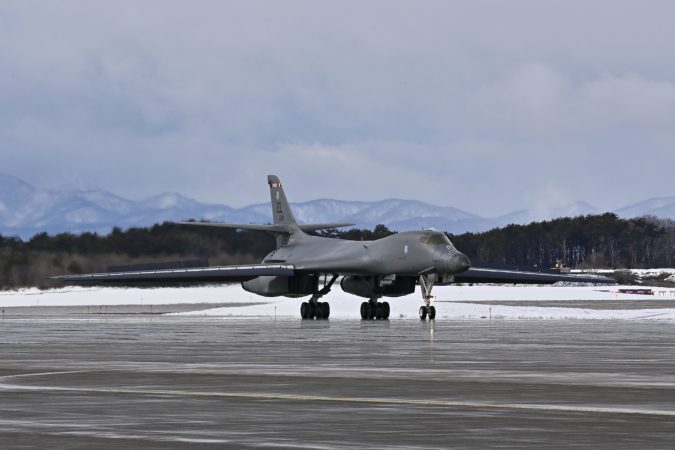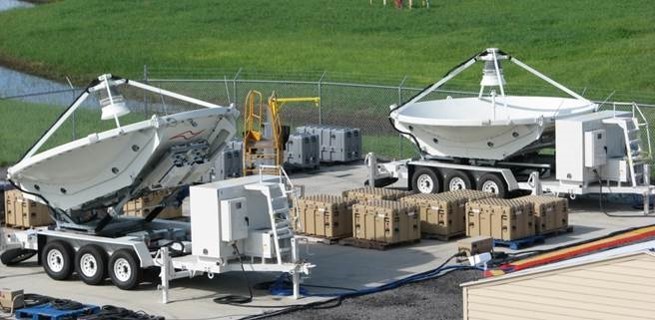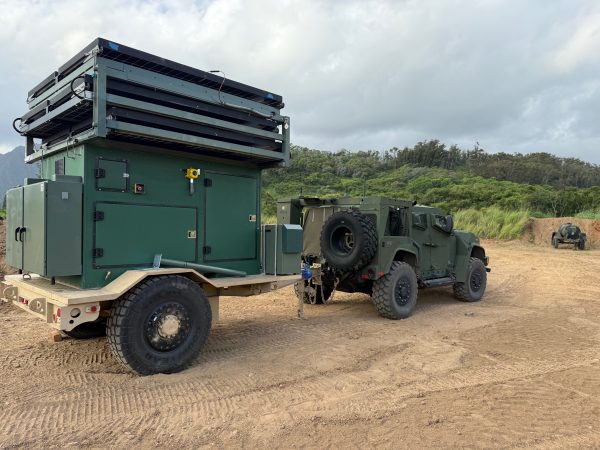A pair of Wyoming Air National Guardsmen, an Active-Duty flight surgeon, and a flight crew from the New York Air National Guard teamed up to play a crucial role in a dramatic rescue earlier this year, helping save the life of a man suffering from a heart attack in Antarctica, one of the most remote regions on Earth.
Maj. Nate Krueger, a flight nurse, and Master Sgt. Lyndsey Glotfelty, an aeromedical technician, are both assigned to the 187th Aeromedical Evacuation Squadron, but they were deployed to McMurdo Station, an American outpost which supports scientific research in Antarctica year-round. Maj. Thomas Powell is currently flight surgeon there. The U.S. military makes frequent appearances at McMurdo as part of Operation Deep Freeze, the nearly 70-year-old ongoing mission to keep McMurdo and other stations in Antarctica supplied and supported.
The deployment heated up Feb. 13 when a 60-year-old man collapsed in McMurdo’s galley. A civilian contractor who had participated in more than 20 Deep Freeze Missions, the man had a “widow maker” heart attack “caused by a complete blockage of the left anterior descending artery,” according to an April 16 press release written by Wyoming’s 153rd Airlift Wing.
First responders—including Powell, Krueger, Glotfelty, and medical professionals from McMurdo’s fire department and the National Science Foundation—started CPR and gave the man several defibrillator shocks on the way to the McMurdo clinic. About 40 minutes of CPR, epinephrine shots, and eight defibrillation shocks later, the patient was stable, but he needed higher care immediately.
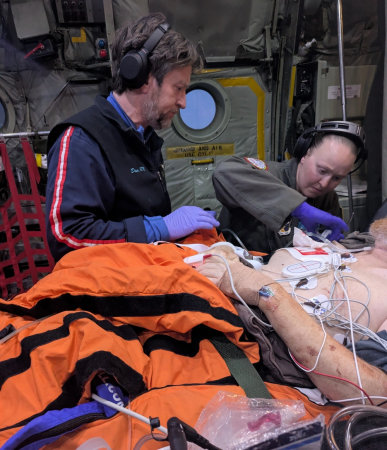
That was a challenge: temperatures were around negative 31 degrees Fahrenheit, and one rescue attempt was abandoned due to severe blizzards. A Royal New Zealand Air Force aircraft with more medical staff onboard landed on McMurdo’s ice runway, but it was a U.S. Air Force LC-130 that flew the patient to Christchurch, New Zealand: a seven-hour, 2,500 mile flight.
Also known as the Skibird, each of the Air Force’s 10 LC-130s are operated by the New York Air National Guard’s 109th Airlift Wing, thought it was not immediately clear if the rescue LC-130 was already at McMurdo or flew in from another location.
All told, it was about 12 hours in between the patient’s collapse and his arrival at the hospital in Christchurch, where he received two stents to reopen his arteries, according to the press release. He walked out of the hospital just a few days later.
Due to its remote location, McMurdo is not an ideal place to have a heart attack, but the smooth teamwork of the providers on site saved the man’s life, Krueger said.
“This was a truly remarkable case,” he said in the press release. “From the moment of collapse to the successful evacuation, every step was executed with precision and urgency. The coordination between emergency responders, the clinic team, and the flight crew made all the difference.”
Maj. Thomas Powell, McMurdo’s flight surgeon, described the rescue as “a win through teamwork and rapid emergency response.”
“Having a robust cooperative partnership between the National Science Foundation and the military was key to ensuring rapid medical care and evacuation of the patient,” he added.
Still, it wasn’t the only Anatarctica rescue mission flown in recent months. A March press release by the 109th Airlift Wing wrote that its Airmen carried out nine medical evacuations during its Antarctica support season from October to February. Five aircraft and 400 Airmen were deployed to McMurdo, where they moved 1,076 passengers, 900 tons of cargo, and 120,000 gallons of fuel as part of Operation Deep Freeze.
